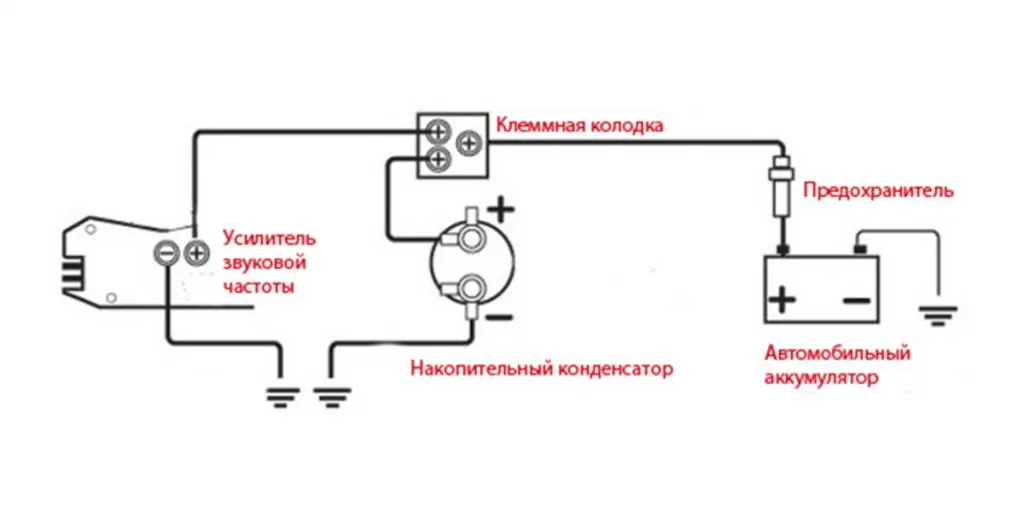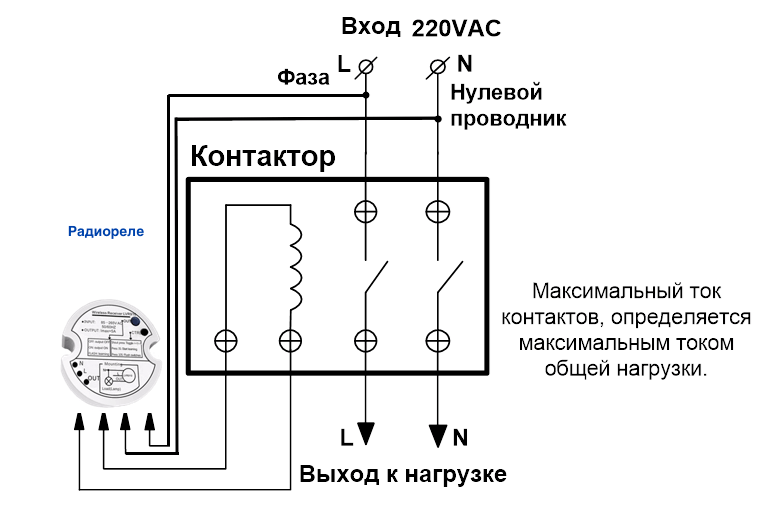
How to install a capacitor
It can be frustrating to realize that you just invested a bunch of your hard-earned cash into a new car stereo only to realize that it sounds terrible. You've changed your head unit, added more speakers, and better yet, installed a new amplifier. AT…
It can be frustrating to realize that you just invested a bunch of your hard-earned cash into a new car stereo only to realize that it sounds terrible. You've changed your head unit, added more speakers, and better yet, installed a new amplifier. At first your new radio sounds great, but then you turn up the volume and it no longer works the way you expected. The amp goes on and off, the speakers are full of static, and worse, the other electrical systems in your car no longer work properly.
You may be wondering what went wrong during installation, but most likely you just forgot to install a capacitor to work with a large stereo system. Whether it's an installed stereo system or other equipment that requires a lot of power to run, a capacitor may be required to function properly.
Part 1 of 2: The Purpose of a Capacitor
A capacitor is a storage device for electricity or voltage. Capacitors come in all shapes and sizes, so it's important that you consult with an electronics specialist to make sure you're buying one that's right for your circuit. Once you know what you need, you can either purchase it and prepare it for installation, or have it installed in your car by a professional.
- A warning: Capacitors are used to store electricity. When they are fully charged, they can release this voltage if they are touched. Large capacitors can cause severe electrical shock and even injury.
You may need to install a capacitor if you have:
- Stereo system
- Winch
- Outdoor lighting system
- Гидравлика
Other electrical circuits not listed here, but which may draw a lot of power from your vehicle's electrical system, may also require a capacitor to function properly.
Part 2 of 2: Installing the Capacitor
Necessary materials
- Capacitor
- Electrical butt connectors (various sizes)
- Eyelet electrical connectors (various sizes)
- Save memory
- Wire (same size as the circuit you are installing the capacitor in)
- Wire stripping/crimping tool
- Keys (various sizes)
Step 1: Park your vehicle on a level surface and apply the parking brake..
Step 2. Install the memory splash screen according to the manufacturer's instructions..
Step 3: Disconnect the negative battery cable. Turn the cable clamp nuts or cable bolts counterclockwise to loosen them.
Wiggle the cable free from the top post when it is free. If it is a side stand battery, remove the bolt completely.
Step 4: Find the power circuit where you want to place the capacitor.. On the amplifier, this will be the main battery power wire going to it.
Step 5: Using pliers, cut the positive power wire from the circuit.. To ensure proper space, you should always connect to the circuit at least six inches away from the element receiving power.
Step 6: Using pliers, remove the insulation from both ends of the wire you just cut..
Step 7: Install an eyelet on one end of the wire.. Crimp it with pliers. * Functions: The eye must be made for this wire size. Once you've crimped it into place, you need to make sure it's tight and secure.
Step 8: Connect the wire to the positive terminal of the capacitor.. Then loosely install the terminal nut.
Step 9: Install the capacitor to the car according to the manufacturer's instructions.. Some capacitors are attached with screws, while others are attached with double-sided tape.
Step 10: Cut the Wire to the Right Length to Complete the Circuit. Using the extra wire you have, measure out a piece that will extend the other circuit wire to the capacitor and cut it to length.
Step 11: Strip both ends of the piece of wire with pliers.. Install the appropriate butt connector for that wire size on one end.
Step 12: Install the other end of the butt connector onto the circuit wire.. This will follow the wire that was originally cut, providing positive power to the amplifier or other circuit.
Step 13: Place the eyelet on the other end of the wire and crimp it..
Step 14: Install the lug and wire on the positive terminal of the capacitor.. Then tighten the terminal nut with the appropriate wrench until it stops.
Step 15: Ground the Circuit. Install a piece of wire from the negative terminal of the capacitor to a good body ground.
Step 16: Install the negative battery cable. Tighten with a terminal wrench until snug, then add another quarter turn to tighten.
Step 17: Remove the memory saver.
Step 18: Start the car and let the capacitor charge.. Once it is charged, you can use the circuit in which it is installed.
After the capacitor is correctly installed, the circuit can be used. It is important to be careful when installing the capacitor, as the capacitor can easily shock you. Make sure it is installed in such a way that it cannot accidentally hit anyone. If you are not satisfied with any part of this installation, call a certified mechanic from AvtoTachki to come to you and install the capacitor.
